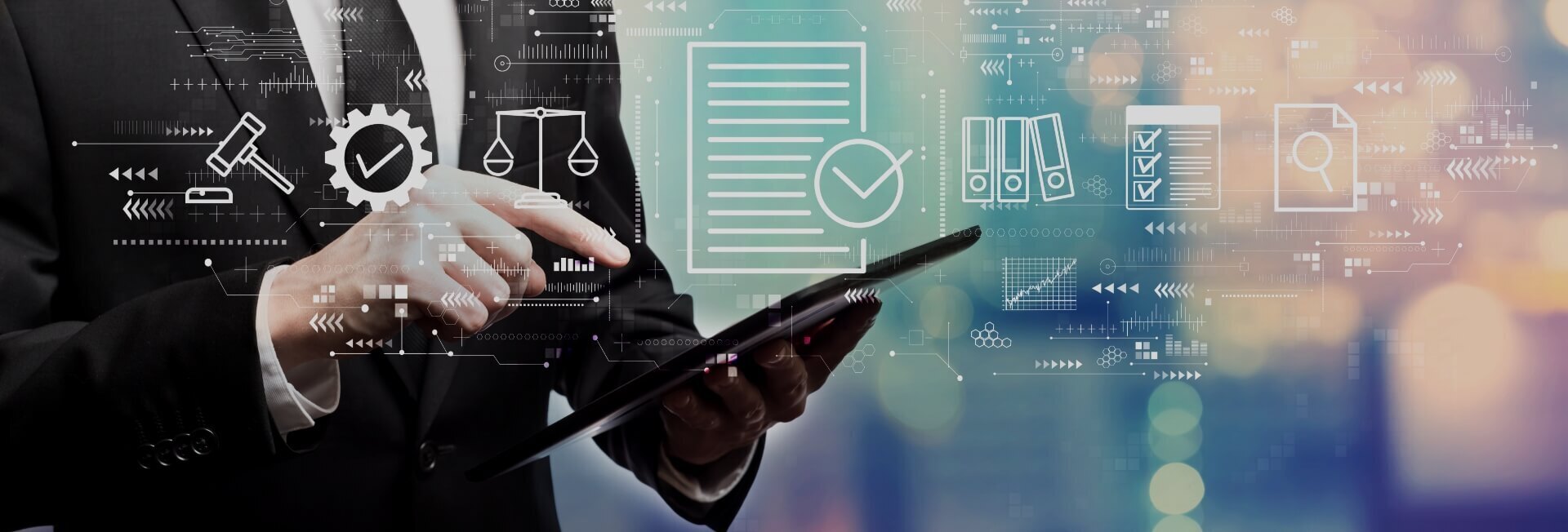
The role of technology in improving global logistics clearance processes
- Home
- Resources
- Customs Compliance and Clearance
- The role of technology in improving global logistics clearance processes
The Evolution of Global Logistics Clearance: How Technology is Transforming the Process
Global logistics clearance is a crucial aspect of international trade. It involves the movement of goods across borders while complying with various customs and trade regulations. Traditionally, the clearance process has been a complex and time-consuming task, requiring extensive paperwork, manual data entry, and coordination with different stakeholders. However, with the advent of technology, the global logistics clearance process has undergone a significant transformation, making it more efficient, streamlined, and transparent.
The Importance of Regulatory Compliance in Global Logistics Clearance
Regulatory compliance is a critical aspect of global logistics clearance. Customs authorities in different countries have specific laws and regulations that importers and exporters must adhere to. Failure to comply with these regulations can result in delays, fines, and even the seizure of goods. Therefore, it is essential for businesses engaged in international trade to have a comprehensive understanding of the customs laws and regulations of the countries they operate in.
Customs brokerage firms play a vital role in ensuring compliance with customs laws. They have the expertise and knowledge to navigate the complex regulatory landscape and provide guidance to businesses on customs clearance processes. These firms offer services such as customs coordination, compliance audits, and trade compliance expertise to help businesses streamline their import and export operations while ensuring compliance with customs regulations.
The Role of Technology in Streamlining Global Logistics Clearance
Technology has revolutionized the global logistics clearance process by automating and digitizing various tasks. This has significantly reduced the time and effort required to clear goods through customs, resulting in faster and more efficient clearance processes.
One of the key technological advancements in global logistics clearance is the introduction of electronic data interchange (EDI) systems. EDI allows for the electronic exchange of customs-related information between businesses and customs authorities. This eliminates the need for manual data entry, reduces the risk of errors, and speeds up the clearance process. EDI systems also enable real-time tracking of shipments, providing businesses with greater visibility and control over their supply chains.
Another technology that has transformed global logistics clearance is the use of advanced analytics and artificial intelligence (AI). These technologies analyze large volumes of data, such as trade documents, customs regulations, and historical clearance data, to identify patterns and trends. This enables businesses to optimize their customs processes, identify potential compliance issues, and make data-driven decisions to improve efficiency.
Enhancing Transparency and Collaboration with Technology
Technology has also enhanced transparency and collaboration in global logistics clearance processes. With the use of cloud-based platforms and digital documentation systems, businesses can easily share and access customs-related documents with customs authorities, freight forwarders, and other stakeholders. This streamlines the documentation process, reduces the risk of document loss or damage, and facilitates faster customs processing.
Furthermore, technology has enabled the development of customs clearance solutions that provide real-time updates and notifications to all parties involved in the clearance process. This improves communication and collaboration, allowing for better coordination and faster resolution of any issues that may arise during the clearance process.
The Future of Global Logistics Clearance
The evolution of technology in global logistics clearance is an ongoing process. As technology continues to advance, we can expect further improvements in the efficiency and effectiveness of the clearance process. Here are some key trends that are likely to shape the future of global logistics clearance:
1. Blockchain Technology:
Blockchain technology has the potential to revolutionize global logistics clearance by providing a secure and transparent platform for recording and verifying transactions. It can enable the creation of a tamper-proof digital ledger that all parties involved in the clearance process can access and update in real-time. This would eliminate the need for intermediaries, reduce the risk of fraud, and streamline the clearance process.
2. Internet of Things (IoT):
The Internet of Things (IoT) refers to the network of physical devices embedded with sensors, software, and connectivity that enables them to collect and exchange data. In the context of global logistics clearance, IoT can provide real-time visibility and monitoring of shipments, enabling businesses to track the location, condition, and status of goods throughout the clearance process. This can help identify bottlenecks, optimize supply chain operations, and improve overall efficiency.
3. Machine Learning and Predictive Analytics:
Machine learning and predictive analytics can further optimize global logistics clearance processes by analyzing historical data and identifying patterns and trends. This can help businesses anticipate potential clearance issues, proactively address them, and make informed decisions to streamline the clearance process. For example, machine learning algorithms can predict the likelihood of a shipment being selected for a customs inspection, allowing businesses to allocate resources accordingly.
4. Augmented Reality (AR) and Virtual Reality (VR):
Augmented reality and virtual reality technologies have the potential to enhance training and education in the field of global logistics clearance. These technologies can create immersive and interactive training simulations that allow customs officers, logistics personnel, and other stakeholders to practice and improve their clearance skills in a realistic virtual environment. This can help reduce errors, improve compliance, and enhance overall efficiency.
Conclusion
The role of technology in improving global logistics clearance processes cannot be overstated. From automating tasks and streamlining documentation to enhancing transparency and collaboration, technology has transformed the way goods are cleared through customs. As technology continues to advance, we can expect further innovations that will make the clearance process even more efficient, cost-effective, and compliant with customs laws and regulations. Businesses engaged in international trade should embrace these technological advancements to stay ahead of the competition and ensure smooth and hassle-free customs clearance.